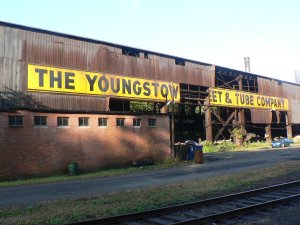This paper analyzes regional contributions to the US payroll share from 1977 to 2017 and the four major business cycles throughout this period. We implement two empirical exercises. First, we decompose the US payroll share across states. Utilizing a Divisia index decomposition technique yields exact contributions of real wages, employment structure, labor productivity and relative prices across the states to the aggregate change in the payroll share. Key findings are that the decline in the aggregate (i) is driven by decoupling between real wage and labor productivity; and (ii) is initially driven by the rust belt states, but subsequently dominated by relatively large states. Second, we employ mixture models on real wages and labor productivity across US states to discern whether distinct mechanisms appear to generate these distributions. Univariate models (iii) indicate the possibility that two distinct mechanisms generate state labor productivities, raising the question of whether regional dualism has taken hold. Lastly, we use bivariate mixture models to investigate whether such dualism and decoupling manifest in the joint distributions of payroll shares and labor productivity, too. Results (iv) are affirmative, and further suggest a tendency for high performing states to have relatively high payroll shares initially, and low payroll shares more recently.
Working Paper
Payroll Share, Real Wage and Labor Productivity across US States
Working Paper Series By
Working Paper Series By
Download- Wp 121 Mendieta Et Al (pdf, 1.56 MB)




